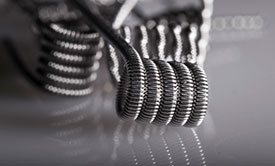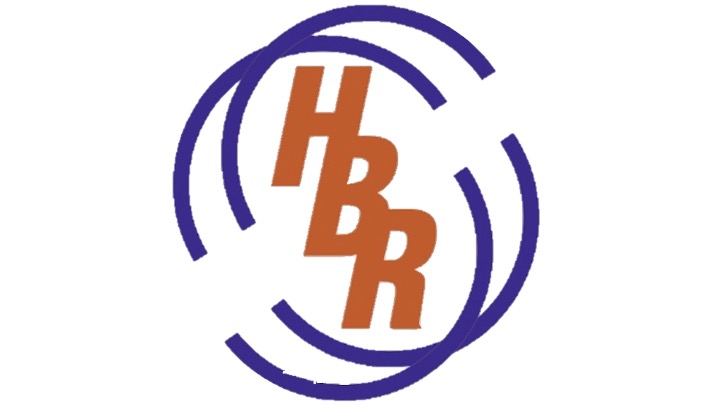
How To Measure Your Wire Gauge in 7 Steps
When working with electrical wiring, knowing how to measure wire gauge is crucial. This information helps ensure you are using the correct wire for the job and that the wire can safely handle the electrical load. Plus, it would help to discuss how custom wire winding and wire bending can help you get the most out of your electrical projects. But how do you measure wire gauge accurately? Here are the simple steps to measure your wire gauge accurately.
- Step 1: Prepare Your Tools
Ensure you have all the essential tools before you begin measuring. You will need a wire gauge measurement tool, known as a wire gauge or wire gauge meter. You can easily find these tools online or at your neighborhood hardware store. Before measuring the gauge, you must have a stripped wire without insulation.
Wire gauge measurement tools are available in two types: standard and metric. The standard measurement system uses American Wire Gauge (AWG), while the metric system uses millimeters. Ensure you choose the appropriate measurement tool based on your wire gauge system.
- Step 2: Determine the Wire Diameter
Place your wire between the jaws of the measurement tool and gently close them around the wire. The gauge measurement tool should grip the wire firmly but not too tightly. Note the number corresponding to the wire diameter, which should be visible on the measurement tool.
- Step 3: Calculate the Wire Gauge
You can determine the wire gauge by using a wire gauge chart now that you know the wire diameter. You can find these charts online, listing the wire gauge sizes and corresponding diameters. Find the diameter you measured in step 2 and note the corresponding wire gauge size.
- Step 4: Double-check Your Results
To ensure accuracy, you should double-check your measurements. Measure your wire gauge again using the same process as in steps 2 and 3.
- Step 5: Choose the Right Wire Gauge
Once you determine the wire gauge, choose the appropriate wire for your project or repair. Choosing the wrong wire gauge can result in an overloaded circuit or a circuit that does not work correctly. Consult a wire gauge chart to select the correct one for your needs.
Custom wire winding and wire bending services can help ensure you have the wire you need for your project. These services can customize wires to your specifications, including gauge size, length, and insulation.
- Step 6: Verify with a Micrometer
Use a micrometer to measure the diameter of the wire if you want to check the precision of your measurement. A micrometer precisely measures the diameter of tiny things. If the micrometer measurement matches the wire gauge measurement, you can be confident in the wire gauge measurement.
- Step 7: Check Online Resources
You can also use online tools to find the wire gauge if you lack a wire gauge tool or a micrometer. There are several websites and charts available that list wire gauges and their corresponding measurements. A wire gauge instrument or micrometer may be more accurate than an online resource, so bear that in mind.
Bottom Line
Measuring wire gauges accurately is essential for any electrical project. You can ensure your project is efficient and safe by following the straightforward steps described in this article. A specialist can help you get the most out of your electrical projects if you require specialized wire wrapping and wire bending services. With their expertise, you can create custom wires that meet your specifications and requirements.

